Seagull 4A
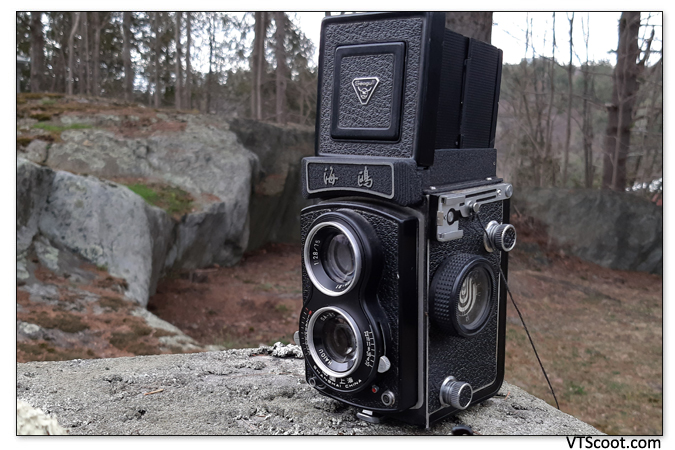
I had been shooting a Holga camera here and there, it was fun, but I wanted to explore the world of medium format photography in earnest, with an actual camera, not a plastic toy. So I professed my intentions on Facebook one day. “Hey! I’m looking for a 120 camera, a real camera not a Holga, not a Diana. I don’t know if I like it yet, so I don’t wanna spend much.” My friend Sudhir sent me a DM letting me know he had his dad’s old Seagull camera from the 60’s or 70’s, recently cleaned and adjusted, and he’d sell it to me for 70 bucks. Later that day this became my first medium format camera.
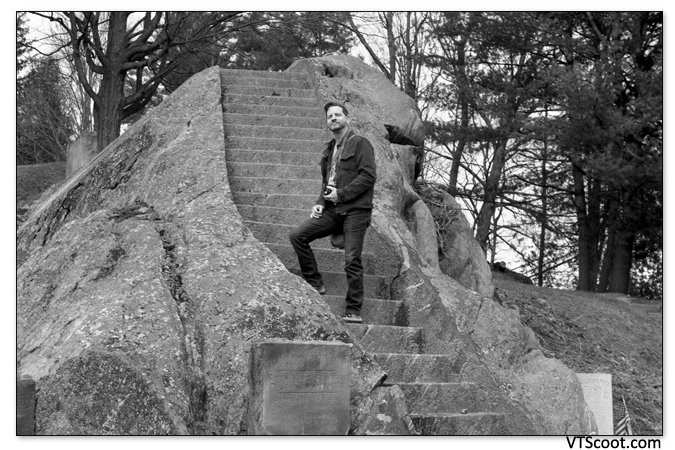
It’s a twin lens reflex camera made by the Shanghai Seagull Camera company in China since the late 60’s, the company is still producing them today, I’ve been told. It was considered a professional camera, but only because most Chinese citizens couldn’t afford one in the 1960’s and 70’s, rather than by the merits of the camera. Still, it’s a fine bit of machinery. Twin lens reflex cameras differ from their single lens counterpart in that the viewing lens and the picture shooting lens are different lenses, and there is no viewfinder mirror that snaps out of the way while the film is exposed. So the camera is very quiet to shoot, and you view the subject by looking down into a screen that reflects the image though the top lens, but in reverse. This takes getting used to, you think you’re tilting the camera to the left to flatten the horizon, only to see it tilt the opposite direction.
The first thing I noticed, while testing it out, is that the camera was not, in fact, perfectly adjusted. The shutter speeds between 1/300 and 1/60 of a second sounded right, but everything slower than 1/60 of a second is all over the place, not remotely accurate. I later learned that this was due to the fact that the faster shutter speeds worked off of one system of gears and springs, while the slower speeds worked from the same gears and springs that operated the self-timer, and this self-timer mechanism was more prone to needing cleaning and lubrication. This was a bummer, because CLA’s (which stands for Clean, Lubricate and Adjust) of twin-lens reflexes starts somewhere around 200 bucks. It’s apparently not an uncommon problem, I have another TLR with the same issue, but since I never really shoot slower than 1/60 it affects me not at all.
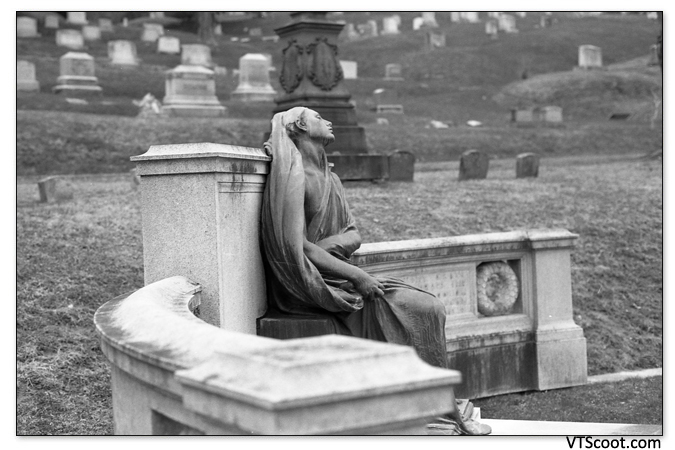
I took the Seagull to a spot overlooking the lake from a higher elevation and I shot some photos, just to shoot something, anything would do really. I think I even took a shot of the parking lot. Wanted to see what sort of images could be made, if there would be any fogging, how clear the focus would be, I needed to know its capabilities. The camera shoots about 9 or 10 (depending upon how it’s feeling that day) 6×6 cm frames per roll of 120 film. When the last frame is shot the winder will just keep winding, and winding, no real indication whether you’ve wound the entire roll safely into it’s protective paper backing so you just keep winding until surely, it MUST be all wound up and safe to open by Now, then you cross your fingers and open the back.
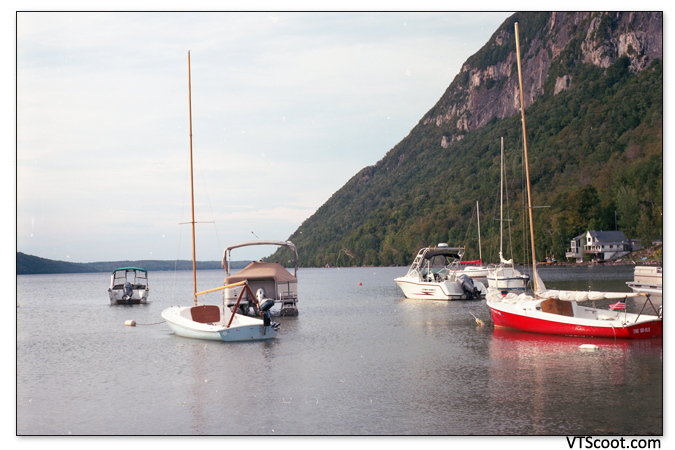
The first thing I noticed, besides the very bare bones action on this device, is that all my horizon lines were crooked. My compositions were a little off in most of the photos, but that is more in part to the user than the camera itself, I was not accustomed to shooting in a top-view reversed viewfinder. So the pics were off but I’ll bet I looked cool while shooting them! The next thing I was made aware of is that, despite the small and somewhat slow lens, these pics were quite sharp and clear. They looked great, especially for what I’d now consider one of the lower-end medium format cameras. It’s essentially a Chinese knock-off of the German-made Rolleiflex twin lens reflex camera. I would later inherit a Yashicamat, which is basically a Japanese knock-off of the same German design. However I doubt I’ll be getting a Rolleiflex, a little too expensive for a truly elderly camera (they’re all between 50 and 95 years old and usually over $500) that I’d only use occasionally.
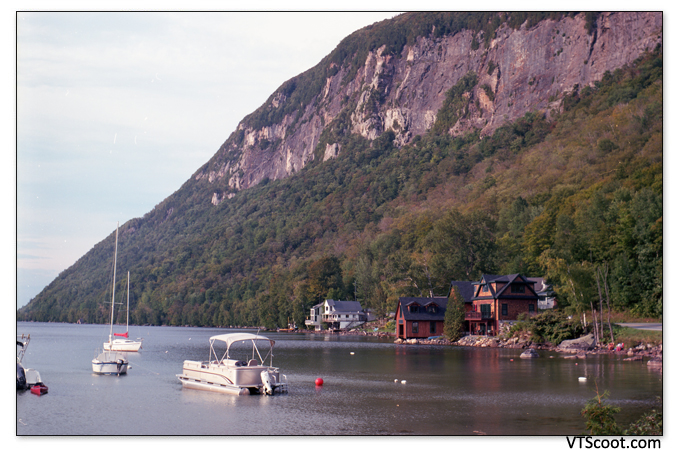
Seagull has made more than 21 million cameras since the late 1950’s. There were a few different models of their TLR camera, all very similar with only minor differences. They are 100% mechanical, no batteries needed, and there is no light meter so you’ll either have to use the Sunny 16 rule or use a separate light meter. There are, however, light meters being made for older cameras like this one that mount right onto the hotshoe. They’re neat, but some cost as much as the camera. If you’re looking on eBay for one of these cameras. or out in the wild, you should be able to find a working model for around a hundred dollars, however, as I stated before a CLA on a twins lens reflex camera will cost a bit, so if it’s in less-than-ideal working condition look for another.
